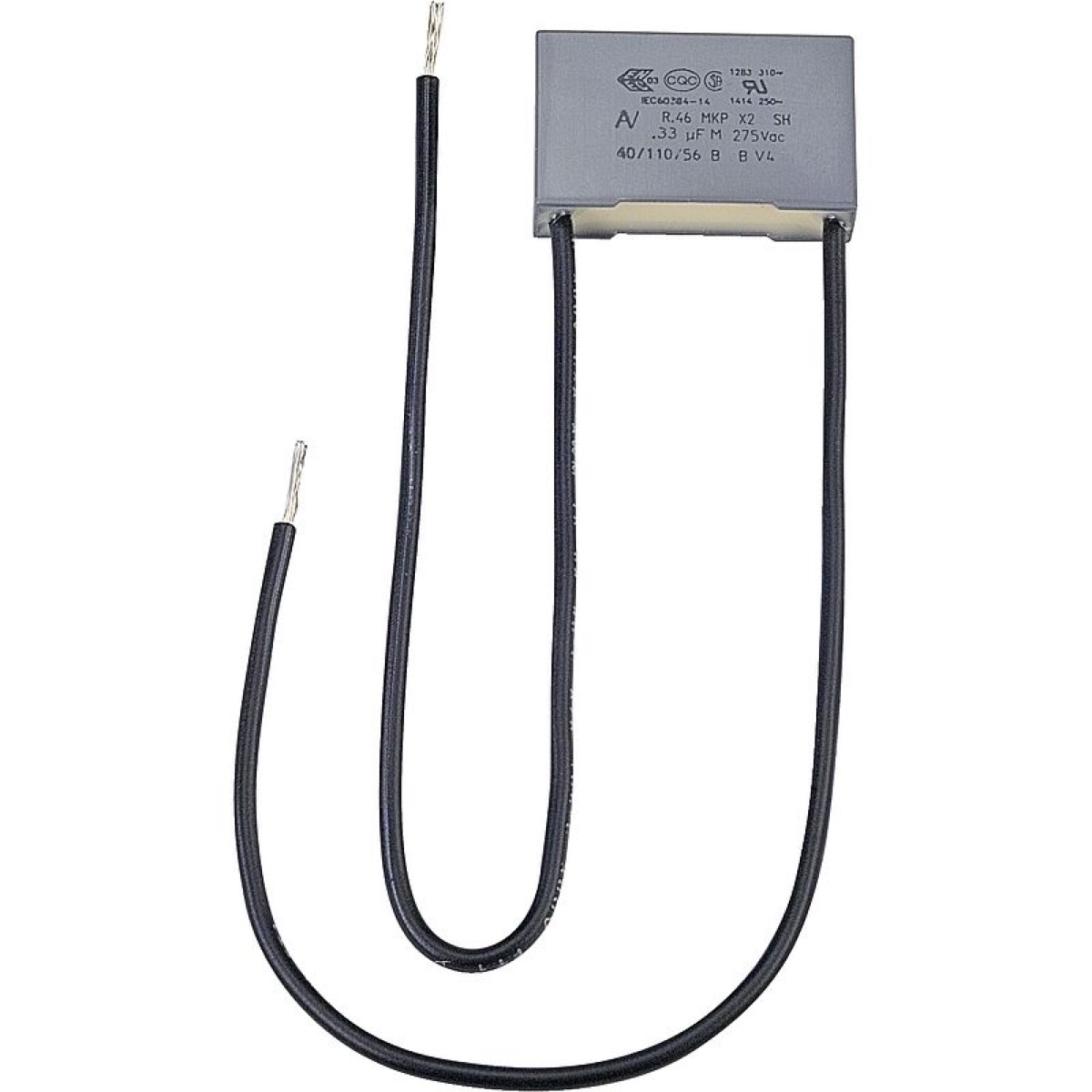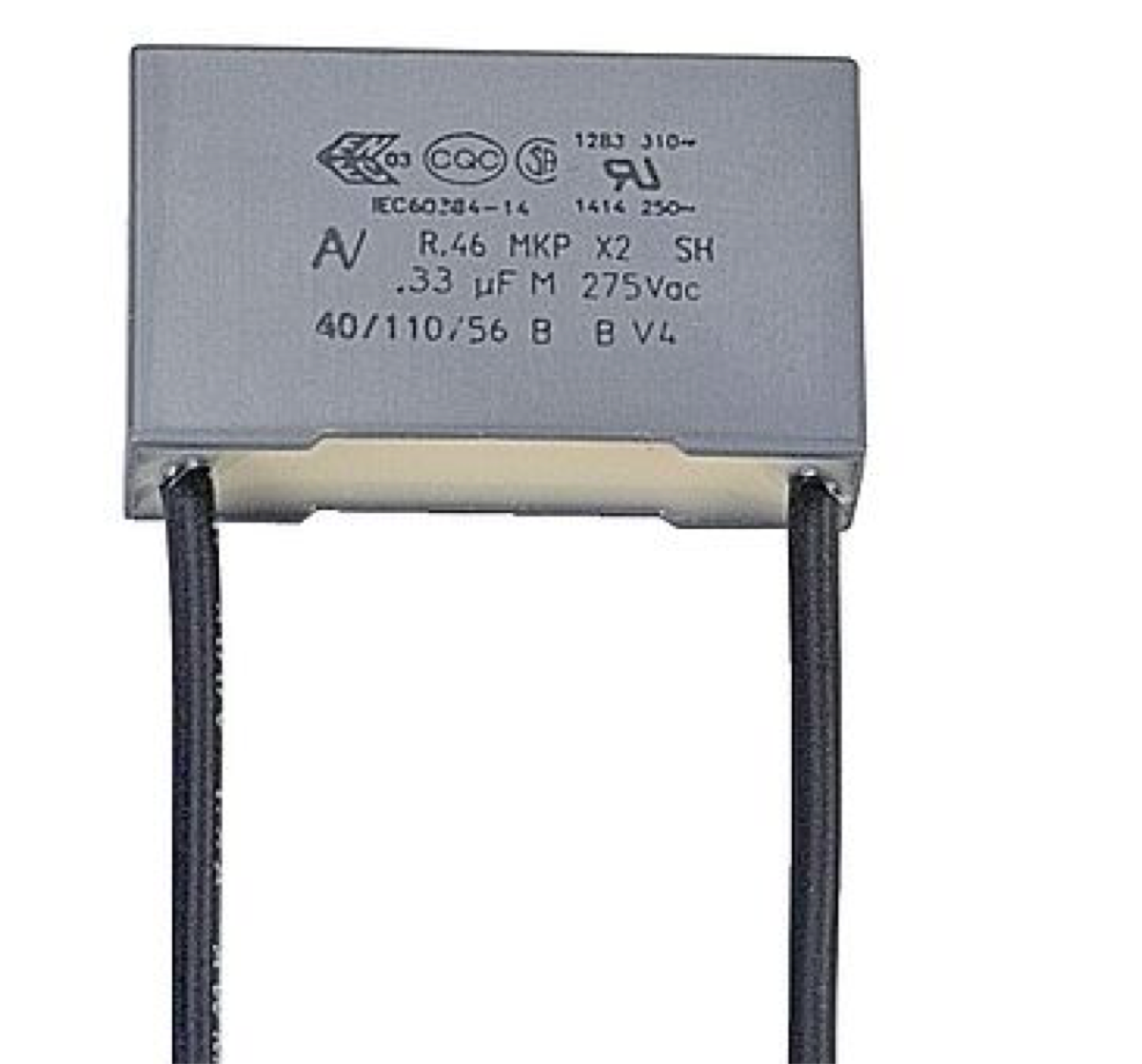LEDs glow although switched off - Afterglow of LED lamps
A phenomenon when replacing some incandescent lamps by LED illuminants or by complete LED lamps with permanently installed LEDs is a permanent short flashing in the form of a flashing light (flashing) or a constant slight glow of the new LED lamps.
It is particularly common to LED flashes in long corridors, stairwells or large rooms. Many buyers often assume a defect of the new LED illuminant or the new lamp, but this does not represent the true cause of the lightning phenomenon.
Cause of this error of the LED flash or the glow are induced voltages and leakage currents, which are simply dissipated unnoticed by incandescent lamps via the filament. Electronic components installed in switches or dimmers also play a role. Today, LED lamps are much more efficient and react to even the smallest fault voltages. Depending on the level of the voltage applied, the circuit used in the LED illuminant or the installation on site, it can then come especially with so-called high-voltage LED's (without a separate transformer) to an occasional flash or permanent light glow.
1. Possible source of error: Indication or glow lamps in switches or pushbuttons.
The glow lamps are "connected in parallel" to the switch, i.e. they thus bypass the switch. Thus, the circuit is not cleanly separated and a very small current flow occurs. However, this current is so low that it does not manage to make an incandescent lamp light up. However, an LED lamp converts the current into light.
The solution to this problem includes replacing the switches and pushbuttons with control switches and control pushbuttons with N terminals.
2. Possible source of error: Induced voltages
In installations with long cable lengths and several cables in one strand, such as in stairwells or large halls, the live wire (L-conductor) of a line is located in the cable over long distances directly next to the non live wire (N-conductor) of the relevant luminaire. If large consumers (from about 600W) are now switched on, which are supplied by the other, adjacent line, voltages are induced on the N conductor of the luminaire. This induction is an electro-physical process and occurs even in correctly executed electrical installations. These low induction voltages can cause an LED lamp to glow or flash. With the conventional incandescent lamp the voltages do not lead to glow.
Now one could change at least one lamp at the affected switch into a conventional incandescent lamp, so that a safe discharge of the induction voltages can take place.
Alternatively, a quenching circuit can also be set.
3. Possible source of error: electronic switches or dimmers
If electronic switches (update relays, motion detectors, etc.) or dimmers are used to switch LED luminaires, it can happen that the built-in electronic components (e.g. triac) do not cleanly interrupt the current flow, since no 100% galvanic isolation (e.g. wound transformer) takes place here. Despite open switch flows a small residual current, which can lead to lighting or flashing of the LED illuminants.
For all three causes, the use of a quenching link or RC link also provides a remedy.
This quenching link can be found in our store at: https://www.leuchtenking.de/detail.asp?AID=78538
But it may only be realized by an electrical specialist, since it is not possible to install an RC link without opening electrical devices (switches, fuse boxes, etc.). Here, the installation regulations according to VDE, protection against contact with live parts, fire protection, etc. must be observed.
An RC element is installed directly parallel to the luminaire and ensures the safe discharge of induction and residual voltages, which eliminates the glow, or LED flash.
. Deletion link - RC link











